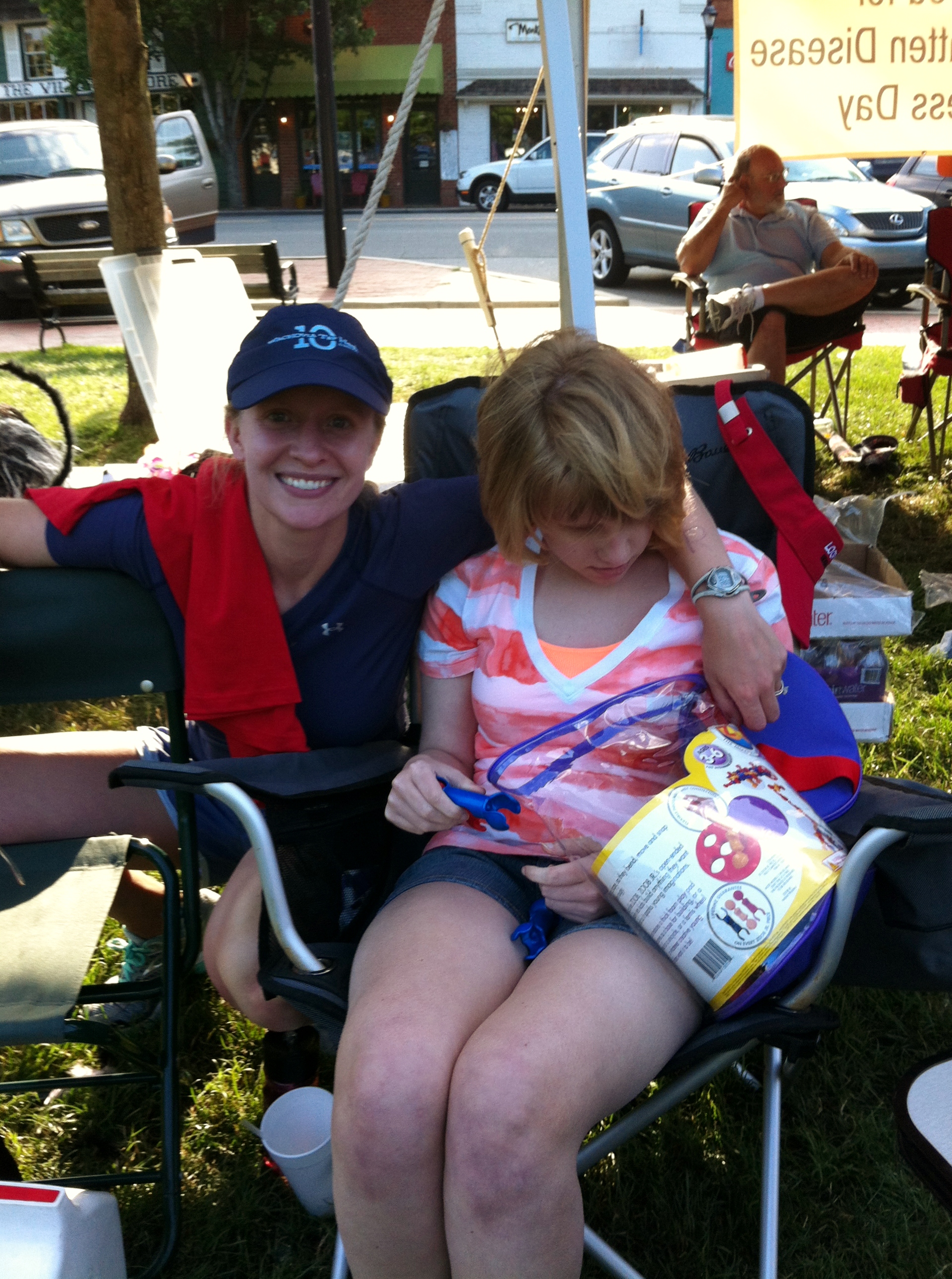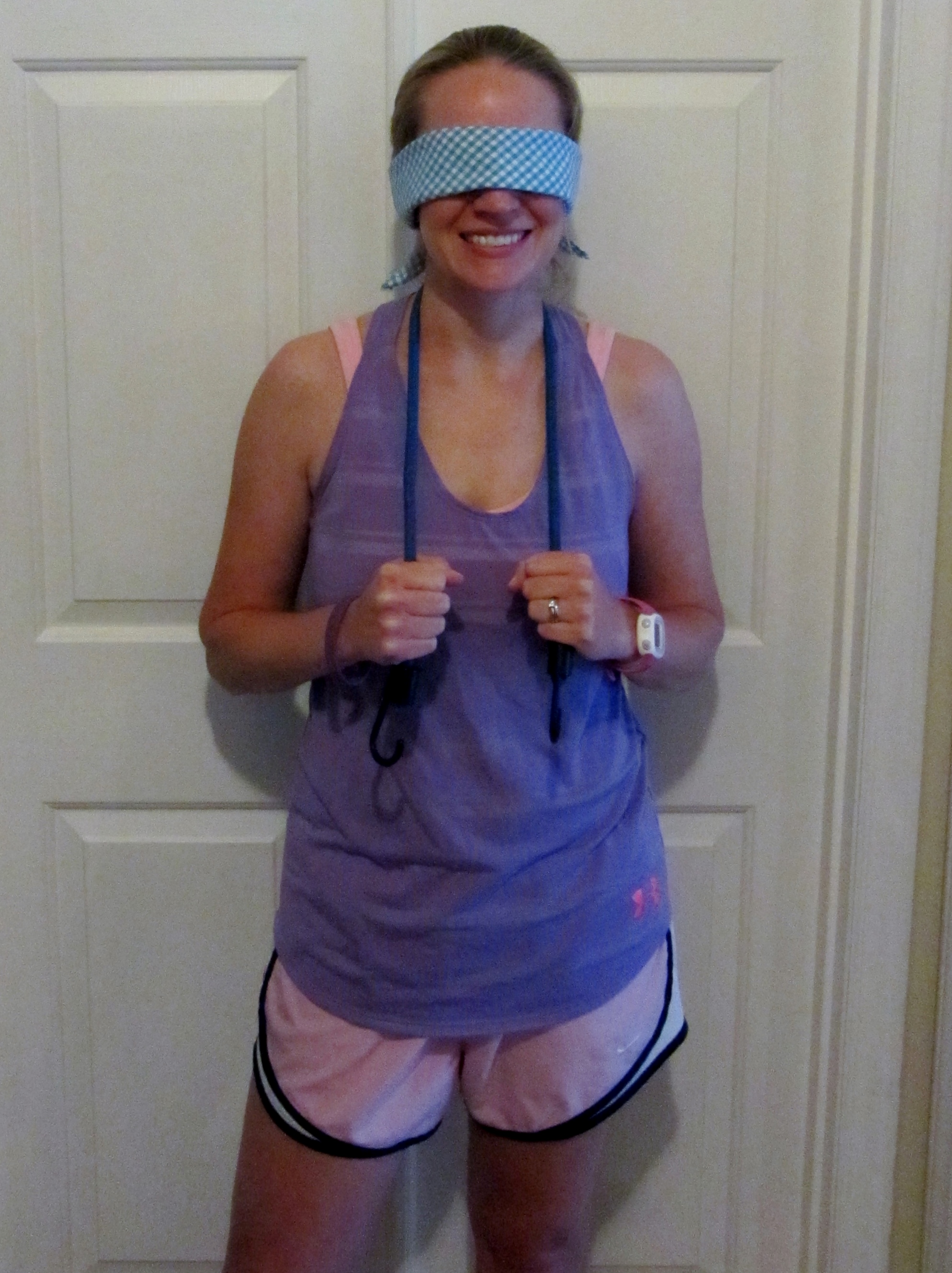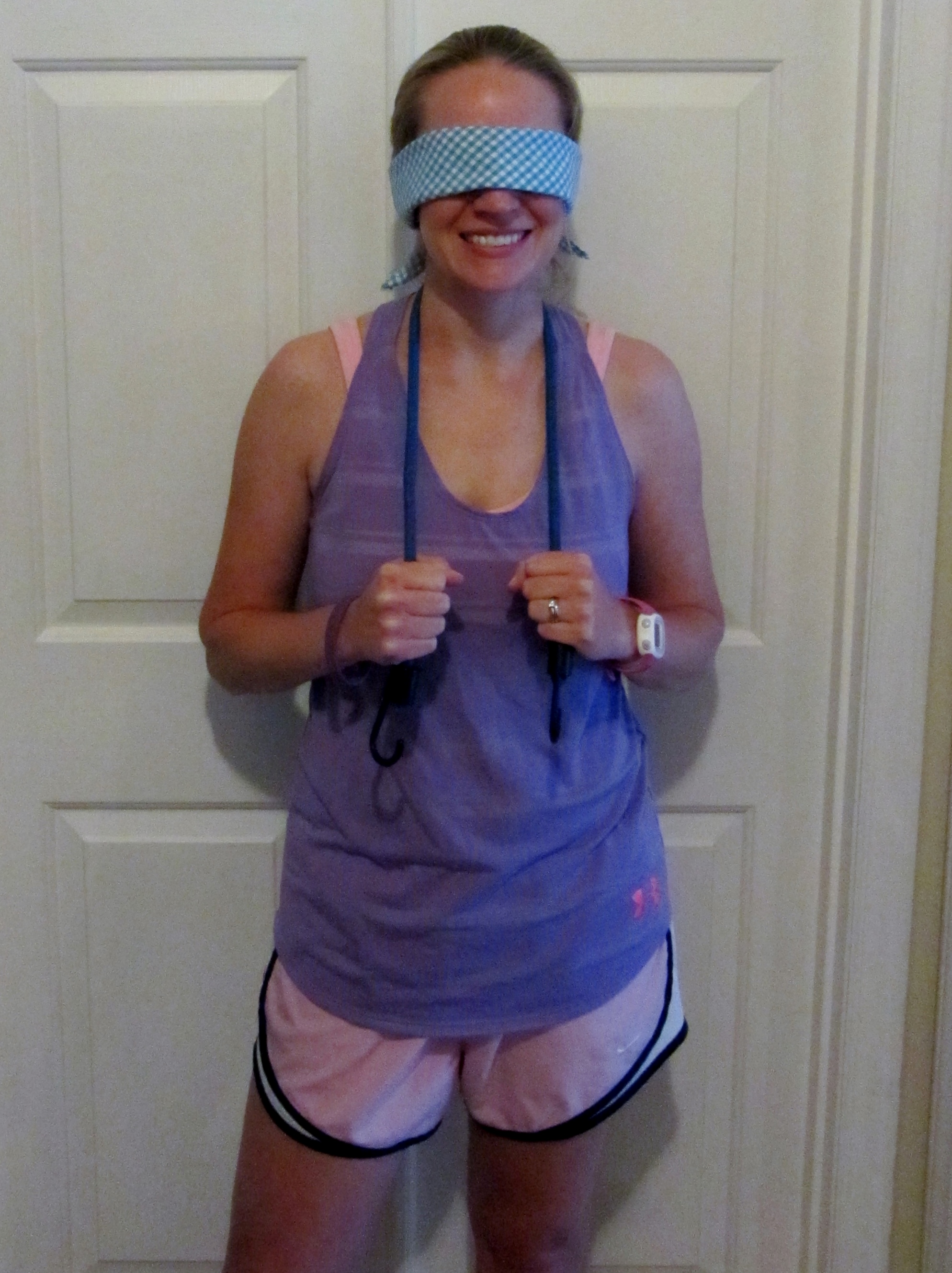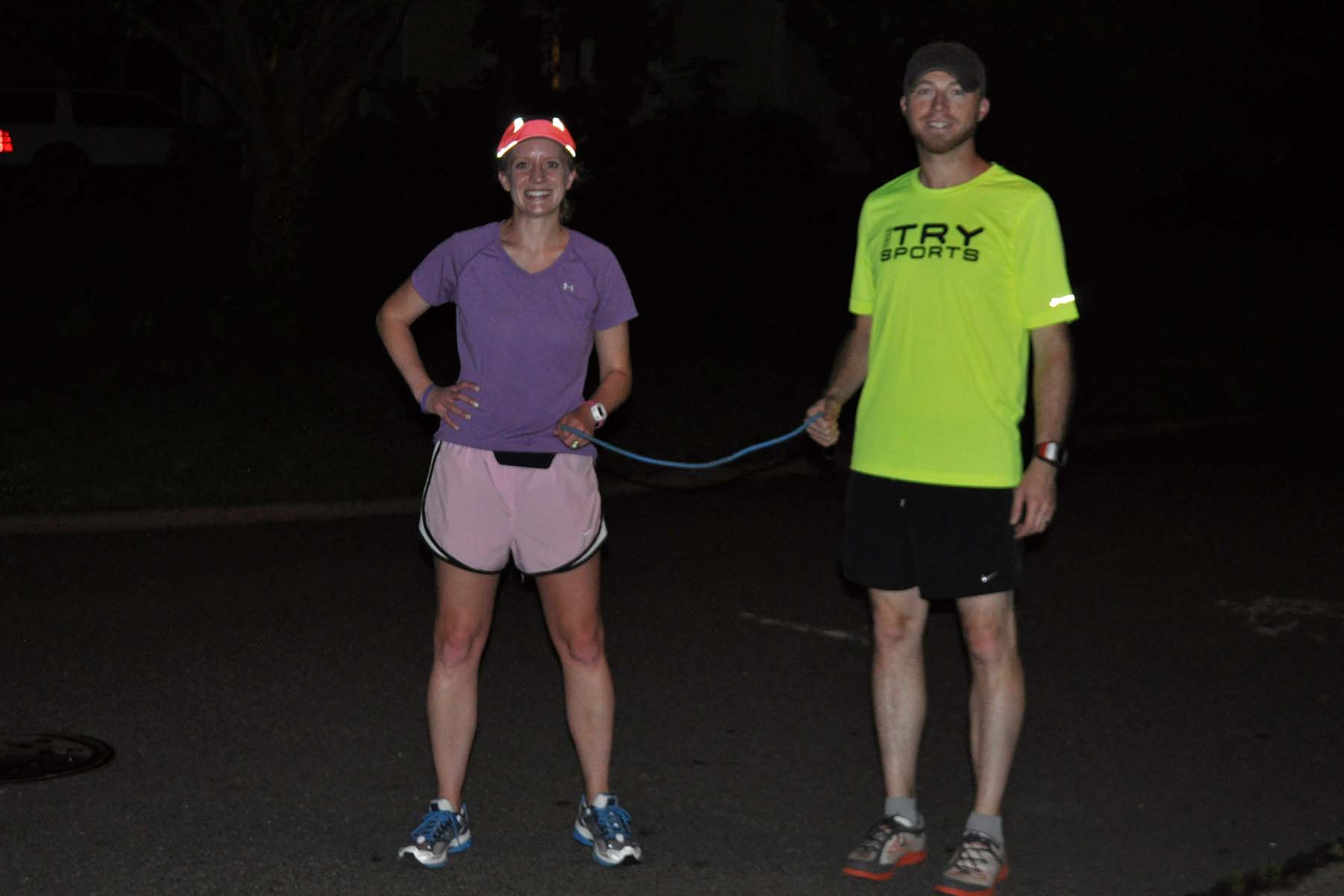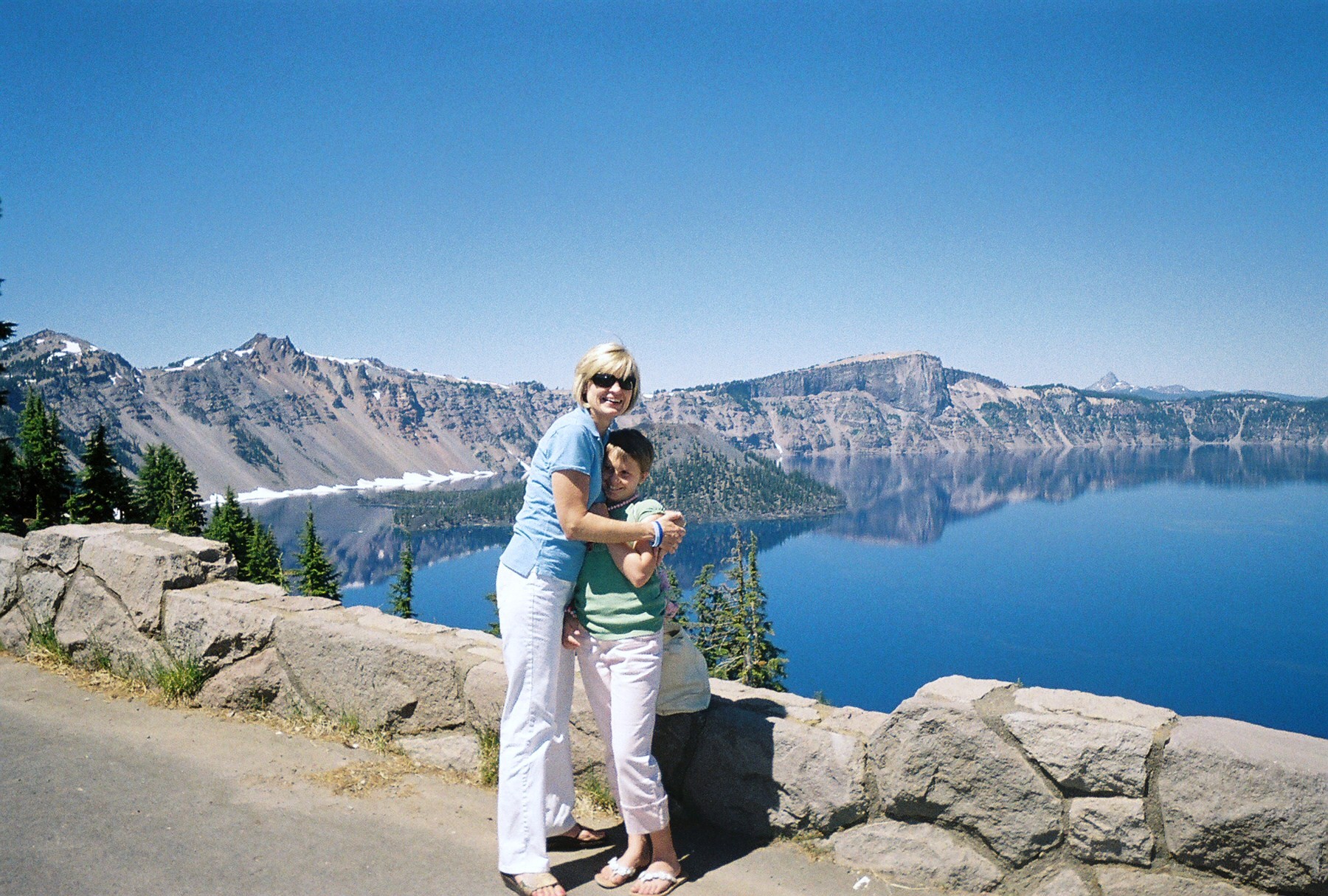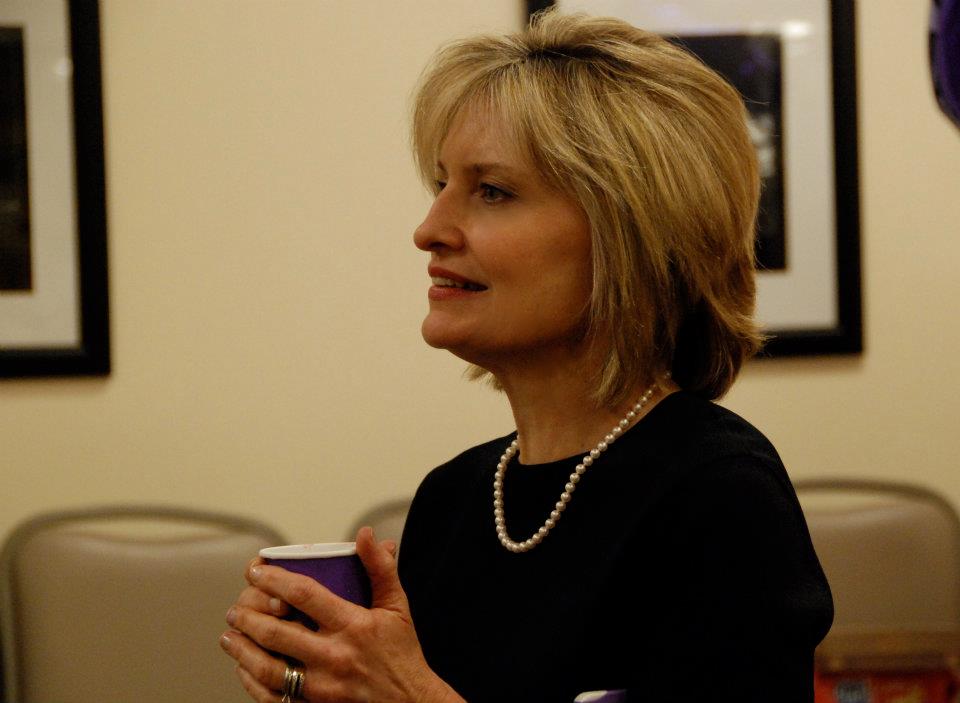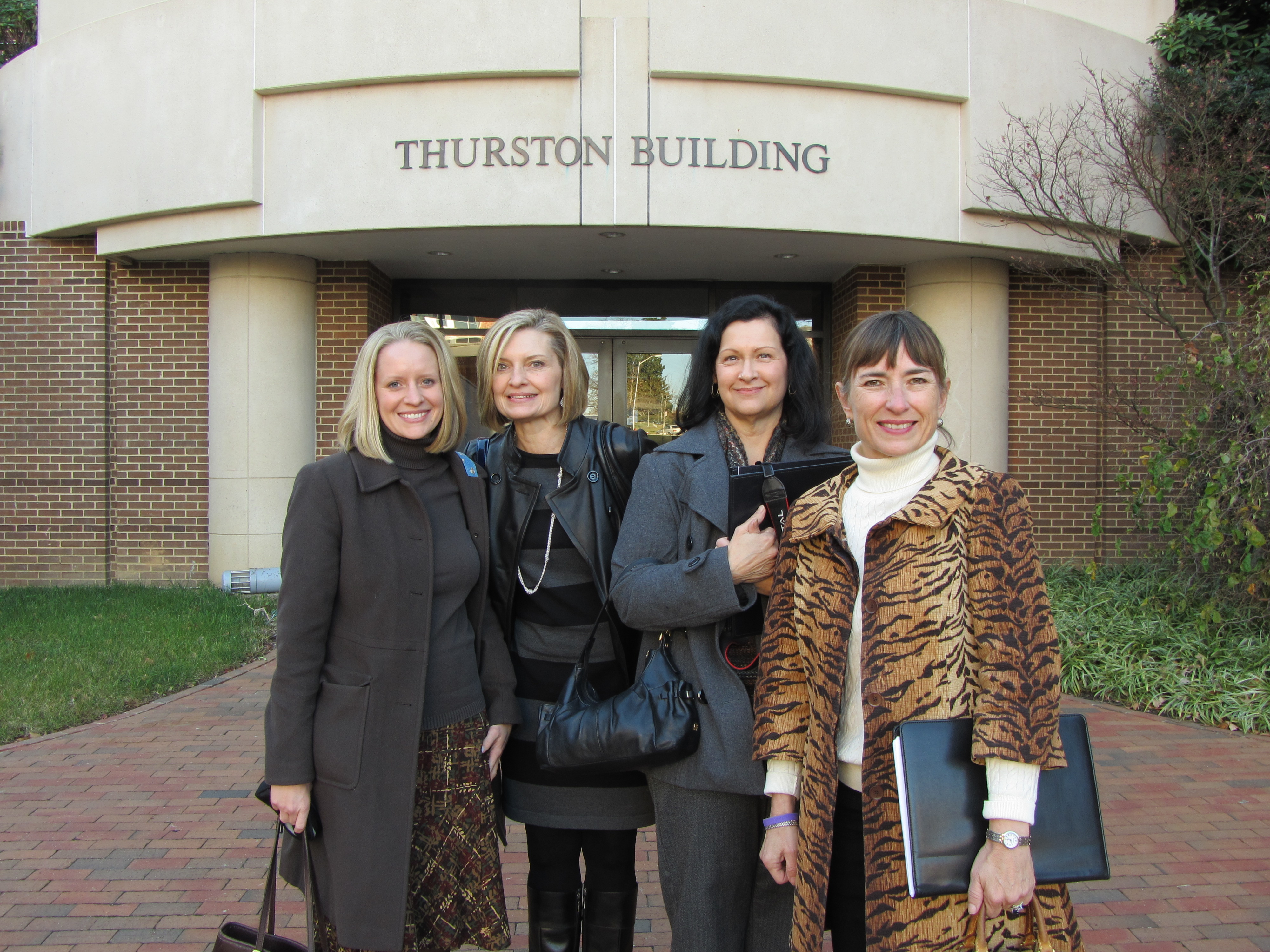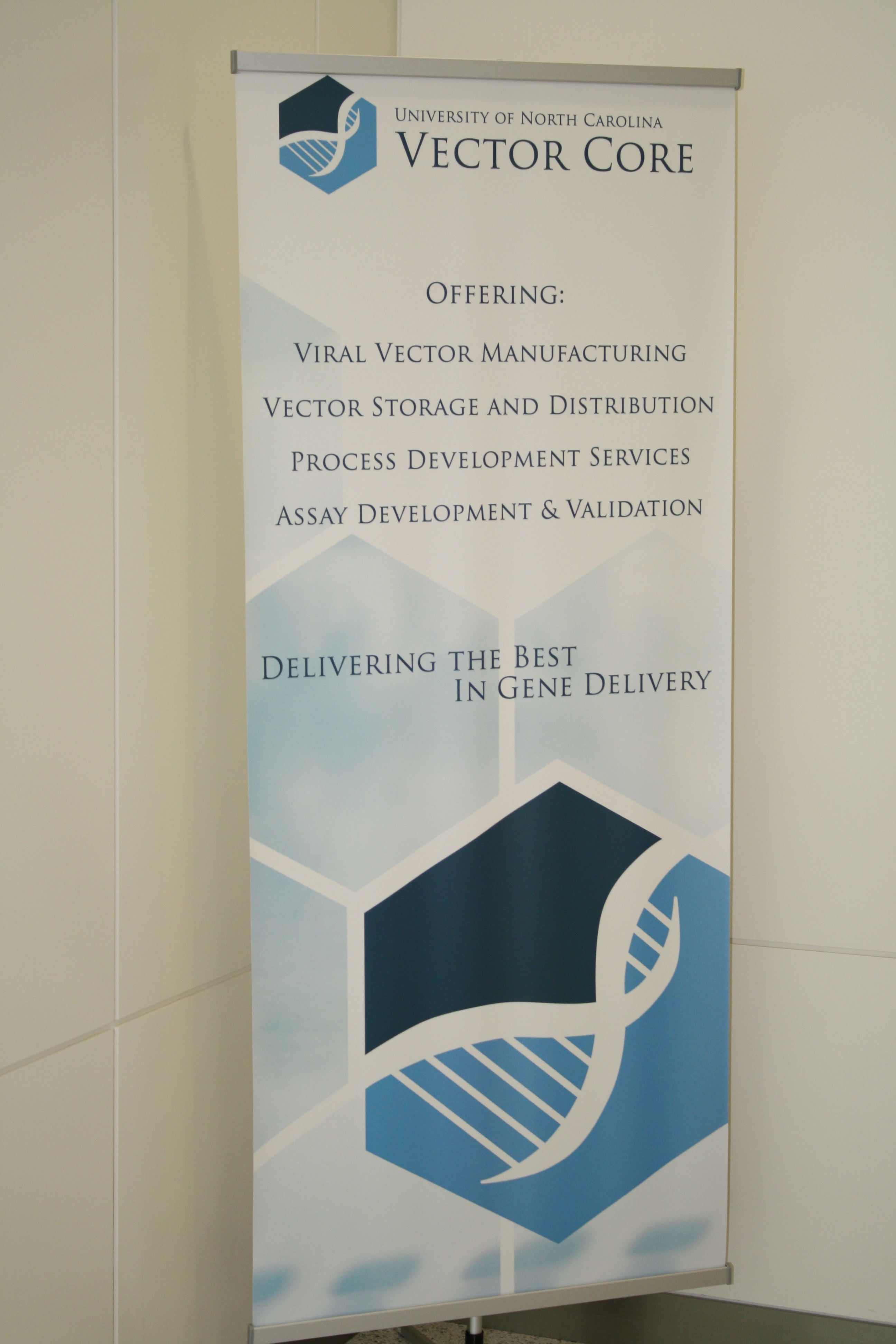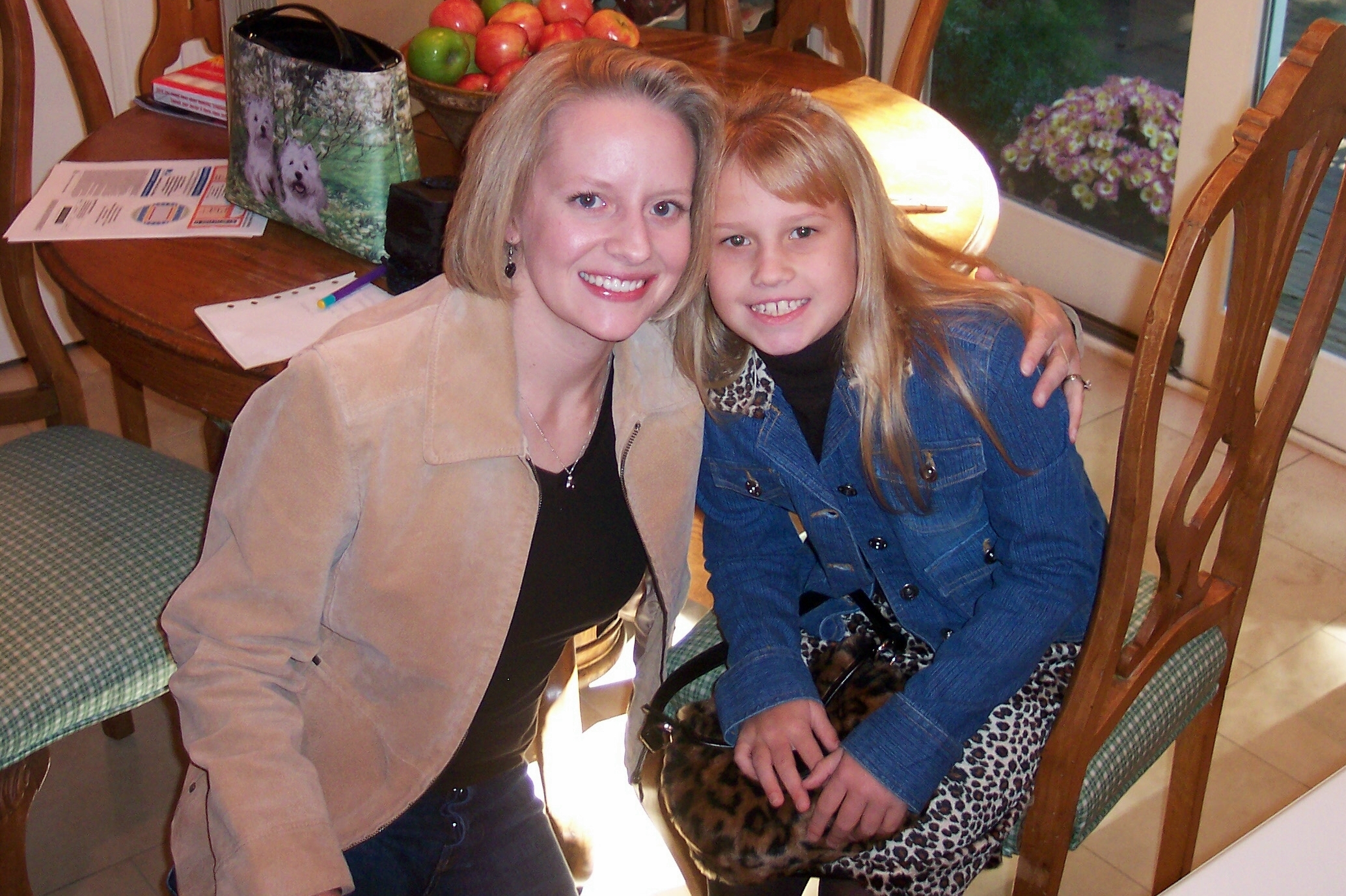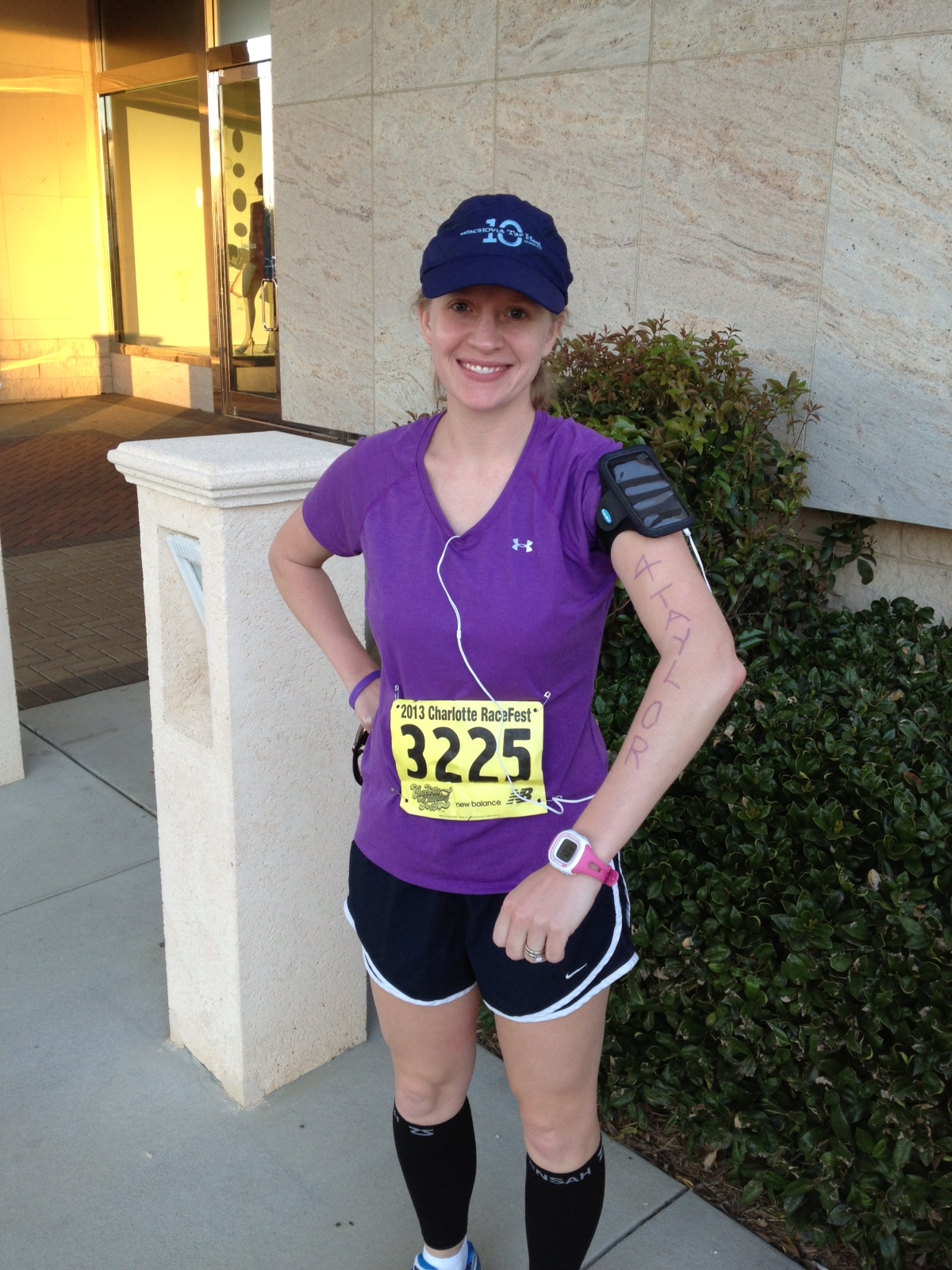
After an eight-day hiatus from running, I laced up an ankle brace, slung a three-foot bungee cord around my shoulders and knotted a blindfold above my ponytail. At 10:11 p.m., I met my sighted guide, Andrew Swistak, at the foot of my driveway. I said a silent prayer for no errant curbs or potholes and pulled my blindfold down over my eyes. Together, we took off into the black night for blindfolded run number six.
Andrew avoided tight cul-de-sacs out of respect for my ankle, and my ankle brace did its job. We kept it short and slow, logging 2.56 miles in 25:24 – a 9:53/mile pace. I averaged about an 8:53/mile pace at the Thunder Road Half Marathon last fall, and I know we have some work to do if we want to approach my normal speed. It helps to remember that the Thunder Road course will feel like one of those deserted, flat, two-lane highways stretching into infinity from old Western movies compared to the loopy streets of my neighborhood, which require lots of tight turns and verbal direction from Andrew and unquestionably slow us down.
I’d like to become a faster blindfolded runner. But the truth is that I’m only doing this for people like my sister, Taylor, and when it comes to the fight against Batten disease and other rare diseases, I really don’t care who crosses the finish line first. It’s not a competition.
I’ve always thought that running can be a very lonely sport until race day. But the fight I fight for my sister every day is a team effort. I’ve met a lot of teammates since July 24, 2006 – the day we learned that Taylor has infantile Batten disease. I believe in Taylor’s Tale, the non-profit organization I co-founded in her honor, with all of my heart. On race day, I’ll wear the color purple for Taylor’s Tale, as I always do. Just before I lace up my shoes, I’ll use a purple marker to ink the phrase “4 TAYLOR” down my left arm, opposite my Taylor’s Tale wristband. But whether it’s our name or someone else’s in lights the day kids like my sister no longer have to suffer, I don’t care.
Today, we don’t have a treatment for people like Taylor. Doctors still tell families like mine to take their kids home and love them and make happy memories, because there’s nothing else they can do. A treatment is the only finish line I care about. So until we have one, I’ll just keep on running.
I will run the Thunder Road Half Marathon blindfolded to support gene therapy co-funded by Taylor’s Tale at the University of North Carolina Gene Therapy Center. To support my run and our fight to develop treatments for Batten disease and other genetic diseases, click here.

